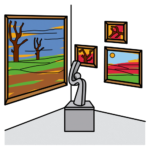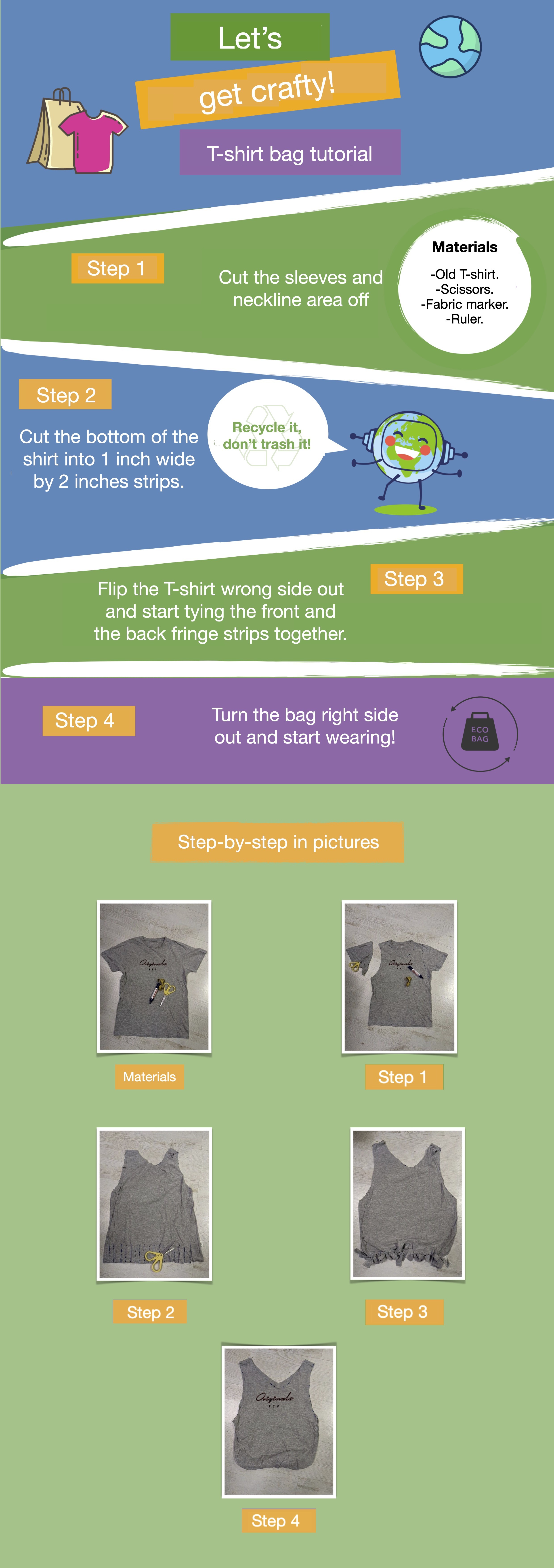Dictionary DICTIONARY
Craft

- Definition:
-
The ability to do art with your skills, especially your hands.
La capacidad de crear arte con destrezas, especialmente con las manos.
- Example:
-
She wants to organise craft sessions.
Ella quiere organizar unas sesiones de manualidades.
- Spanish word:
-
Manualidad
Audio:
Exhibition

- Definition:
-
When you show something for public viewing, such as works of art or industrial items.
-
Cuando se muestra algo para la vista del público, como obras de arte o artículos industriales.
- Example:
-
We have made an exhibition of modern art in my secondary school.
Hemos hecho una exposición de arte moderno en mi instituto.
- Spanish word:
-
Exposición, Exhibición
- Audio:
 Now, you know everything necessary to do the challenge. It's time to create and exhibit your work.
Now, you know everything necessary to do the challenge. It's time to create and exhibit your work.